The Xiaomi Mi Note Pro and Mi Note Review
by Joshua Ho on September 11, 2015 9:00 AM ESTFinal Words
As our first Xiaomi phone ever to be reviewed, there are a lot of thoughts to be had on this phone, more than a usual review. However, in order to discuss them we need to start by talking about what we’ve learned throughout the testing process.
Probably the best place to start is design. Xiaomi is clearly capable of creating a phone that is well designed, and it shows with the Mi Note line. The Mi Note looks incredibly well-designed for a smartphone. The front of the phone is minimal, and relatively uncluttered. The side bezels are thin, and there isn’t a lot of unnecessary flair other than a window for the light and proximity sensor, the earpiece, and front-facing camera. There is the Mi logo that clutters the front of the phone, but it’s otherwise clean. The glass is slightly curved at the edges to make it so that edge swipes feel smooth instead of a sudden edge as well, which is surprisingly rare in some phones. The use of a curved glass back cover is also awesome and Xiaomi is actually the first OEM to do this to my knowledge. It’s definitely slippery, but the in-hand feel is really much better than the traditional angular glass phones like the Xperia Z line. The fact that Samsung is following here by doing the same for the Note 5 probably says something about just how far Xiaomi has come since their first smartphone.
The next aspect worth discussing is battery life. Here, Xiaomi is right around par for the course, but the Mi Note Pro is notably worse than the Mi Note here. I haven’t personally done detailed power analysis of the Snapdragon 810, but given that the Mi Note and Mi Note Pro effectively are identical outside of SoC and RAM this is effectively definitive proof that power efficiency regresses on Snapdragon 810 relative to Snapdragon 801. It’s unfortunate too, as relatively small battery in the Mi Note means that the Mi Note Pro ends up falling below the average for phablet battery life in our testing. The Mi Note Pro is still average for a smartphone, but it isn’t as good as we’d like it to be. Overall, the Mi Note is okay here, but the Mi Note Pro ends up a bit lower than we’d like purely on the basis of SoC choice.
In display, I don’t have much to say because both displays are great. The Mi Note has acceptable color calibration, good contrast, high maximum brightness, and acceptable resolution. The Mi Note Pro has incredible color calibration, good contrast, reasonable maximum brightness, and high resolution. The only problem I can really say is apparent is that the Mi Note Pro has an obvious ITO/touch screen grid that needs to be hidden to really have a clear display, and both could have some improvement in viewing angles to really get the painted-on-glass effect. Of course, the only phones that really have this effect are few and far between so it isn’t worth crucifying Xiaomi for this.
In system performance, the Mi Note and Mi Note Pro are both solid performers. With the use of updated drivers, the Mi Note Pro actually starts to approach the Galaxy S6 in GPU performance. The Snapdragon 810 SoC does offer real benefits to performance over the Snapdragon 801, and it seems that Xiaomi has managed to keep the Snapdragon 810 from getting the phone excessively hot through some major engineering effort in thermal dissipation. The Mi Note is also capable of performing well at almost any task given to it, but the excessively conservative governor hurts performance in a lot of situations. The continued use of Android 4.4 as a base also means that real-world app performance isn’t as good as it would be on Lollipop due to the use of Dalvik instead of an optimized ART. NAND performance for both is also decent and comparable to some flagships, but not record-setting.
MIUI will probably be the most controversial aspect of this phone, but for a complete rethink of Android UI design it’s really quite good. I would easily argue that MIUI is the best Android skin of its kind, by far. The UI is definitely well-designed, with great apps and features for a good out of the box experience. It isn’t perfect though, with some clear iOS inspiration at times and some odd design choices at others. However, I found the UI to be perfectly usable with great features like a built-in permissions manager, autorun management functionality, and fine-grained display controls. There’s a surprising amount of attention to detail that you wouldn’t expect from a phone that costs less than most flagships, and the whole UI runs smoothly with few frame drops even on Android 4.4 for the Mi Note. For areas like China where MIUI is well-established, visual voice tree navigation is actually an incredibly smart feature and deals with a UX problem that I never really thought about before, which is that automated voice tree navigation systems are terrible on a smartphone when you have to constantly take the phone away from your ear to press a number before putting it back to your ear.
The camera isn’t necessarily mind-blowing, but Xiaomi has done a respectable job here. For the most part, Xiaomi isn’t too far off from Android flagships in camera performance, and with some tweaks to their post-processing they could easily end up competing with the best cameras available in Android and iOS smartphones. The video performance isn’t amazing either, but in some cases Xiaomi actually does things even better than the Galaxy S6. 1080p30 performance could definitely be better and stabilization in general could be improved, but other than I don’t have too much to complain about other than the curious absence of 1080p60. The iPhone 6 is still better at slow motion video than pretty much every other phone out there, but the Mi Note isn’t far off from the iPhone at 120 FPS.
Other than the standard aspects of smartphone testing, it’s well worth noting that the Mi Note line is incredibly good for GPS location and the speaker is mind-blowingly loud. Although the speaker is just a single downward firing one mounted next to the USB port, it’s loud enough on both phones to actually be uncomfortable at max volume. I regularly have to keep the Mi Note and Mi Note Pro at half volume when watching videos because of how loud they can get. WiFi performance is also resonable.
I normally don’t really talk about value of a smartphone, but that’s because to me the most important part first is that the smartphone is good, regardless of price. Obviously, there are no bad phones, just bad prices. However, to me I feel that a good phone will feel that way regardless of price, although obviously if it’s far too expensive then it wouldn’t be a good recommendation. The Xiaomi Mi Note and Mi Note Pro are both great phones that I can directly compare to other flagship smartphones today regardless of price.
There are phones on sale today for 500-800 US dollars that are arguably worse than these two phablets, but these phablets cost hundreds of dollars less. OnePlus talks about how they intend on killing high-end flagship phones, but it seems Xiaomi is the OEM that is actually doing this. With the OnePlus One, I felt like there were a number of areas that lacked in polish and attention to detail, but given the great pricing these problems could be overlooked.
But with the Xiaomi Mi Note, I feel like there is great attention to detail and polish and with great pricing. My experiences with the Mi Note line has also made it clear to me that Xiaomi is not the Apple copycat like most people seem to believe. However, Xiaomi’s attention to detail is definitely Apple-like.
Given the pricing and quality on offer, I’m starting to understand why so many OEMs struggle to compete with Xiaomi. If I were an Android OEM, I’d be genuinely terrified of Xiaomi making inroads in Europe and North America. As a consumer, I am waiting to see them launch a phone in the US.


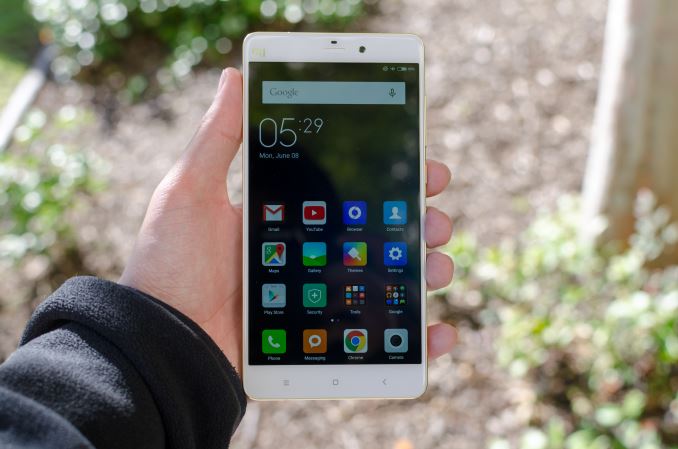
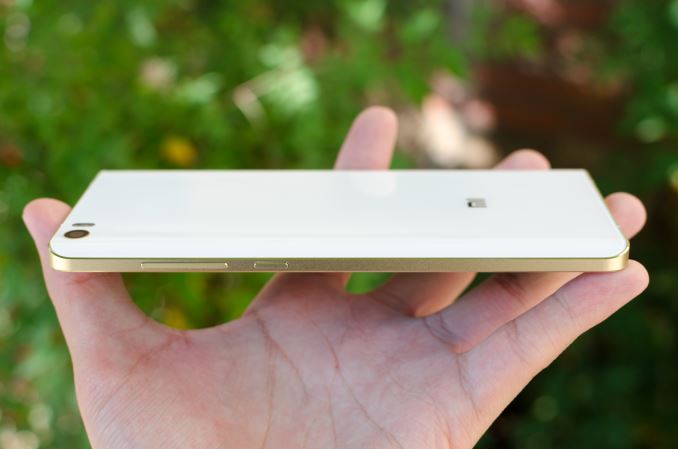
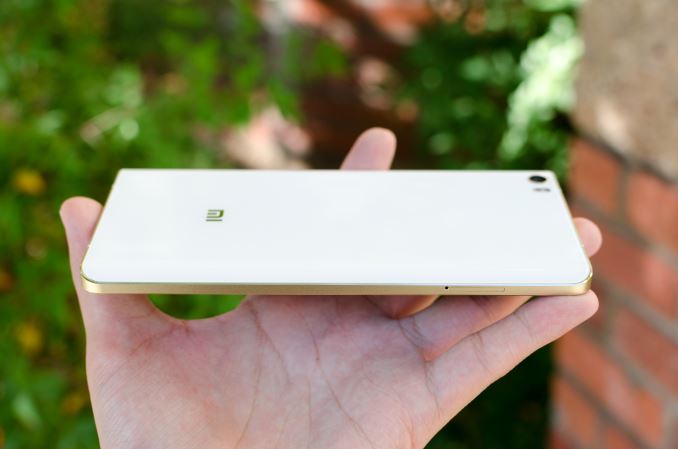
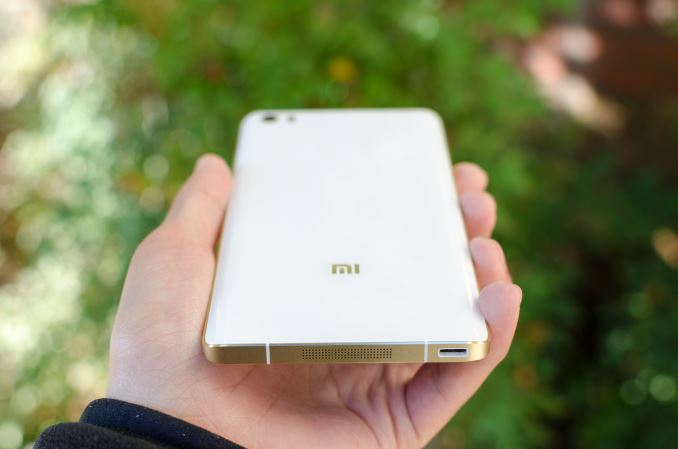
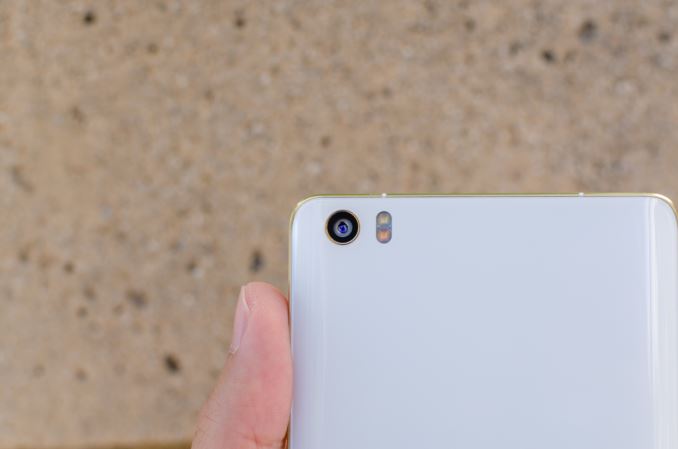
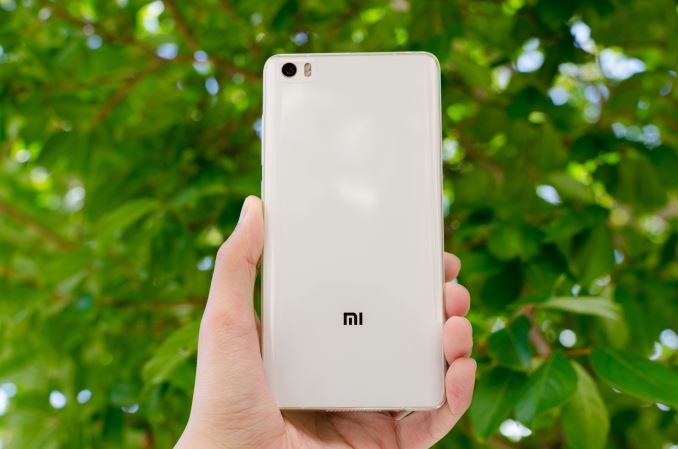








94 Comments
View All Comments
maximumGPU - Friday, September 11, 2015 - link
This is getting blown out of proportion! all he asked for is an indication as to whether this is available in the US. It's 1 line from AnandTech, is useful to know, and could save some readers from reading a review they're not interested in.BMNify - Friday, September 11, 2015 - link
Such lines should be better placed in Verision only etc Droids which the International readers which make up the majority of this website have to endure, not to forget the totally illogical pricing like 199, 299 etc. Loads of 'Muricans hurt here to see something they can't get in the gimme gimme culture. Learn to Deal with it just like the International readers do for most USA only products and pricing.tim851 - Saturday, September 12, 2015 - link
Dude, you should really see a shrink about your issues!Yaru - Sunday, October 4, 2015 - link
Exactly, not everything is US based especially on the Internet which is border less by nature.Notmyusualid - Friday, September 11, 2015 - link
Like it!menting - Friday, September 11, 2015 - link
You're not the only one, but you're the only one that's anal about it. Most people read it for knowledge and info, then if they're interested, go find out if it works for them, WHICH IS DIFFERENT FOR EACH COUNTRY AND EACH NETWORK.Geez, do you have to be spoon fed?
sonny73n - Friday, September 11, 2015 - link
@DigitalFreakEver heard of international models? Some might not support LTE in the U.S. but most support HSPA which is plenty fast to me. As for availability, check Newegg. I'm sure they have it. Also BH Photo where I usually got my electronic devices and camera stuff. BH has the best customer service in the country, competitive price and no tax :-)
I read all AT articles/reviews doesn't mean I might purchase the product written about. Reading about other products I will never buy give me better comparisons/perspectives on the ones I want to buy. Reading is entertaining and knowledgable, not waste of time like you said.
Thanks Anandtech for this review.
LeonMoreno - Friday, September 11, 2015 - link
Kinda sad that Americans always try to seize every English written webpage as their own. But also speaks volume of their ignorance. Well, You didn't invented the language, You're not the only country that speaks it. Get on with it, yankee. Those Chinese phones are actually starting to appear in Europe, outperform Western competition for half the price. New Nexus 5 may endup as a failure. A day will come when You will have only Apple to choose from in Rednecktown, TX, USA.Vorl - Friday, September 11, 2015 - link
It's not that we claim every page as our own, but this is an American based site. How many other phones have you seen reviewed that weren't based around the US? Have you seen many reviews quoting other currencies? Have you seen any other tech that has been reviewed that is only for other countries?Here's a hint, the answer's: 0, no, no.
A lot of the tech details from articles are correct no matter where you live, which is cool, but if the reviews and recommendations are based on USD, who do you think the reviews are for?
The real question is why is AT changing what they review, and who their audience is for.
Maybe now that they are owned by a different company their marketing department is branching out and trying for revenue from other countries now.
BMNify - Friday, September 11, 2015 - link
It is kind of logical for Anandtech to support and review International products when the USA audience for this website is at 40% which is less than half of the total readership, I know it is tough for the redneck 'Muricans to swallow this but facts are facts.